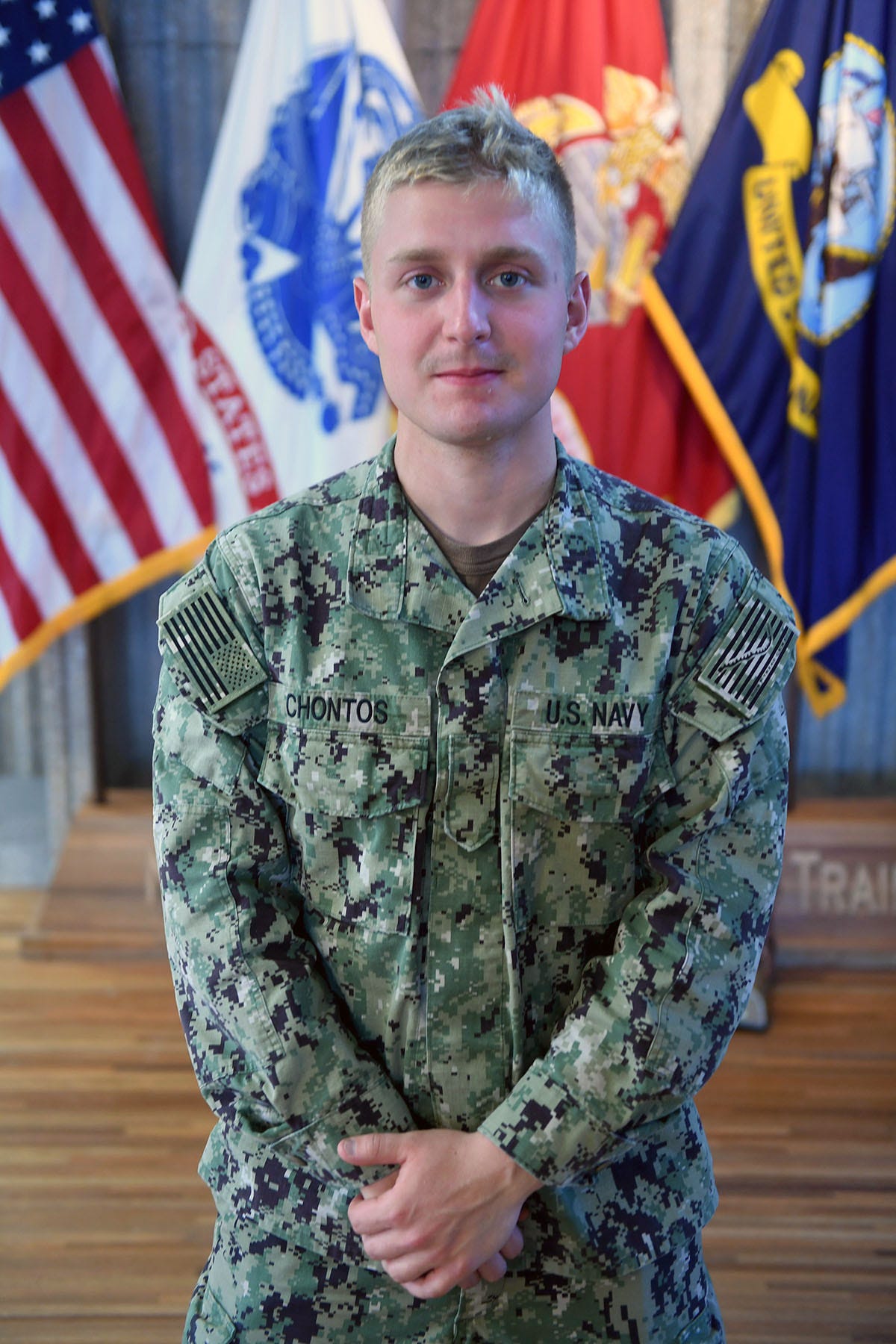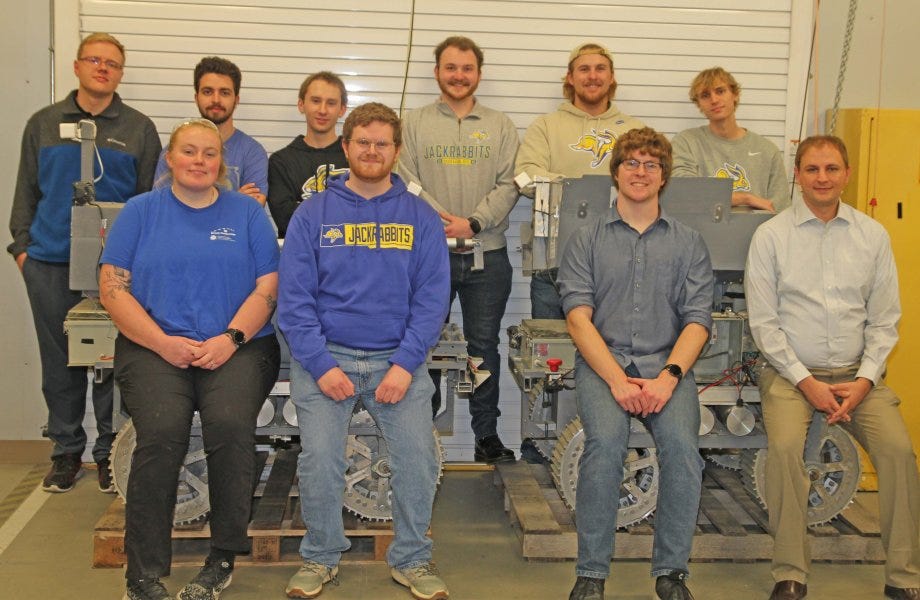The Scouting Report: A weekly digest
Navy diving school, SDSU’s NASA challenge, troubled Tasmanian devils, WHO’s call for taxes
The U.S. Navy’s Office of Community Outreach recently featured Seaman Jack Chontos, a Sioux Falls native and 2019 graduate of O’Gorman High School. Chontos joined the Navy nine months ago and is currently assigned to the Naval Diving and Salvage Training Center in Panama City, Florida, the largest diving facility in the world.
The center trains more than 1,200 students a year across all military services, opening careers in demanding fields that include submarine SCUBA, deep sea divers, underwater construction divers, joint service diving officers and explosive ordnance disposal officers.
Chontos said he was inspired by his father, Andrew, to join the military. Andrew Chontos serves as a flight surgeon in the Air National Guard.
“I joined the Navy to obtain my dream job of being a diver,” Chontos said. “I’ve always loved being around the water and love the idea of having a job where I'm in the water. I was also on the swim team growing up and used to go out on the water in a boat.”
A team of students from South Dakota State University is one of six teams selected by NASA as a finalist in its Break the Ice Lunar Challenge. The contest is seeking innovations in creating robotic systems that can dig soil on the Moon’s South Pole, and then transport the soil to another location where water can be extracted.
SDSU’s team, named Space Trajectory, had already advanced in two earlier design and prototype phases, and it was one of 15 invited to complete a 15-day durability contest testing their excavation equipment. That test involved excavating 1,760 pounds of soil a day for 15 consecutive days. Space Trajectory was one of nine teams to complete that test.
Space Trajectory has gone through three cycles of students.
“It’s tremendously exciting for current and former students who have worked on Space Trajectory to be able to continue this challenge,” said Professor Todd Letcher, an associate professor of mechanical engineering who oversees the team. “I must admit it was driving me a little bit crazy waiting for the announcement. After NASA released the results, I probably got about 40 to 50 Slack pings in about an hour from past and current team members.”
Keep reading with a 7-day free trial
Subscribe to The Dakota Scout to keep reading this post and get 7 days of free access to the full post archives.








